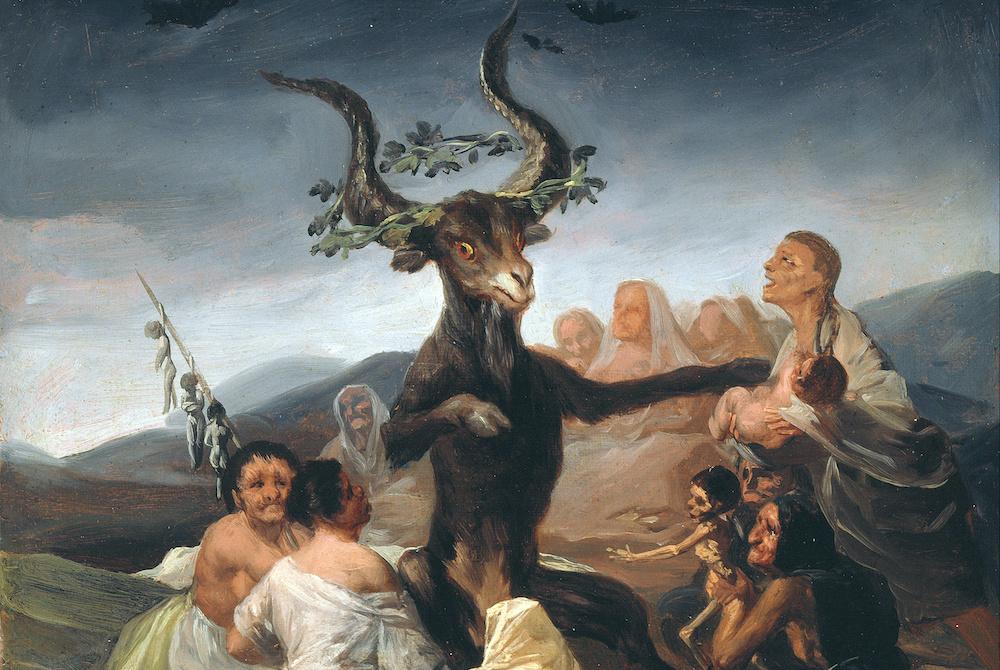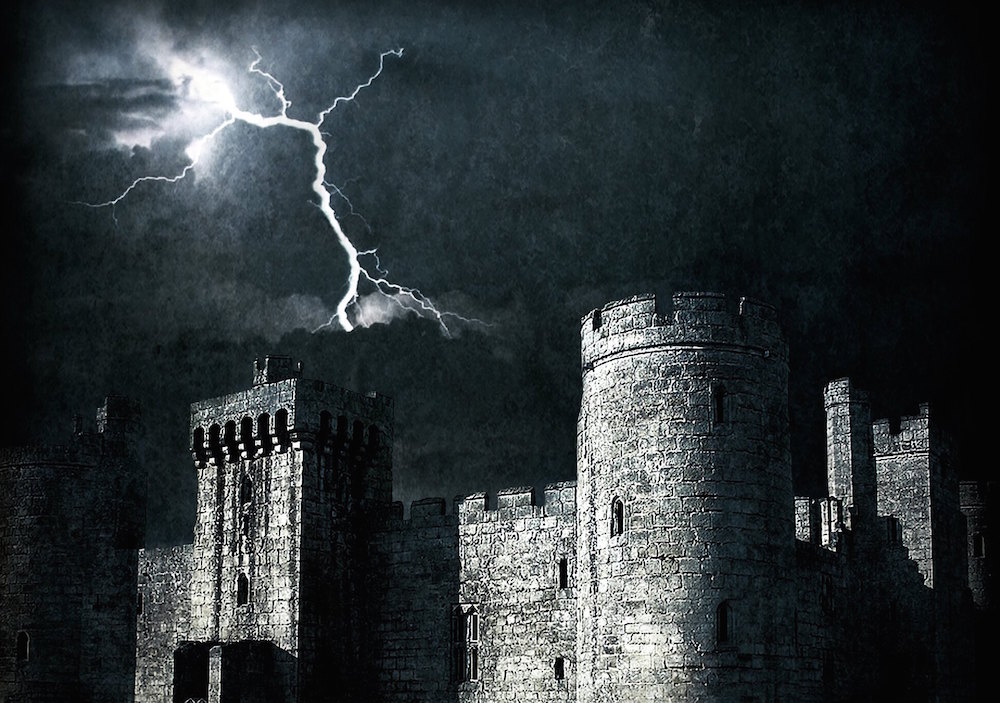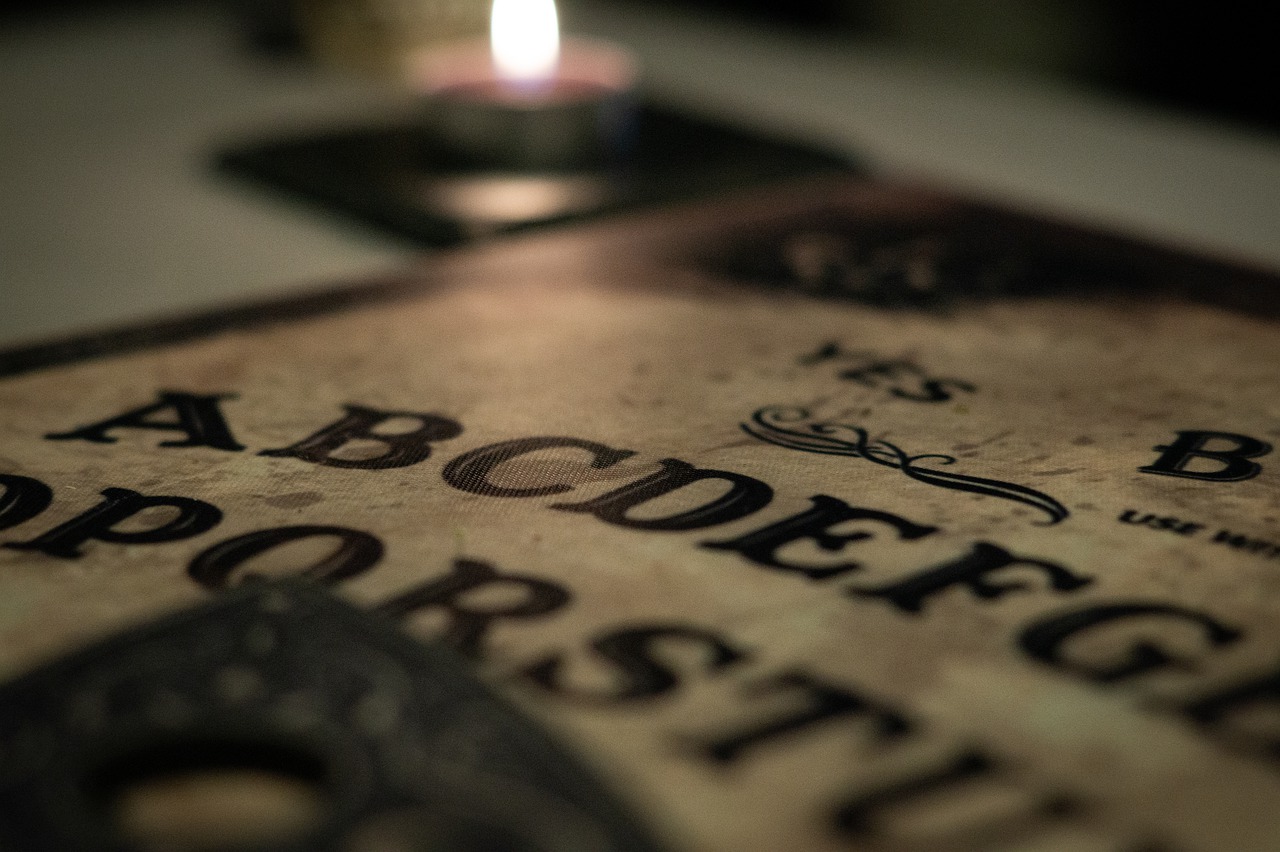Books & Culture
Move Over, Poe—The Real Godfather of Gothic Horror Was Nathaniel Hawthorne
The "Scarlet Letter" author's short stories are like a Puritan "Twin Peaks"

Edgar Allan Poe is generally regarded as the OG of American literature. OG, of course, stands for “Original Goth.” When it comes to the creepy, the weird, and the macabre, Poe takes his place as the grandmaster of the whole black parade. Guillermo del Toro, serving as the series editor of the Penguin Horror line, writes: “It is in Poe that we first find the sketches of modern horror while being able to enjoy the traditional trappings of the Gothic tale. He speaks of plagues and castles and ancient curses, but he is also morbidly attracted to the aberrant intellect, the mind of the outsider.” Del Toro locates Poe as the American conduit for European strains of Gothicism and romanticism, letting loose the fears of the Old World upon the New.
But viewing the emergence of the American Gothic as a transatlantic phenomenon misses more homegrown explorations into the bizarre. A century before H.P. Lovecraft (inspired by Hawthorne’s novel The House of the Seven Gables) depicted New England as a realm of terror and dread, Nathaniel Hawthorne was on the case, mining the region’s history for insights into the mind’s darker corners. Chiefly remembered today for The Scarlet Letter, that bane of high school curricula, Hawthorne’s highest achievements are actually found in his short stories. There, he examines the supposed innocence of the early American character, finding the darkness that lies beneath.
At roughly the same time that Poe was publishing stories in magazines and periodicals, Hawthorne did the same. (The House of the Seven Gables is unmistakably Gothic, but it was published after Poe established himself as the face of the genre.) Indeed, Poe himself took notice of Hawthorne’s talents. In a review, Poe wrote that “Mr. Hawthorne’s distinctive trait is invention, creation, imagination originality—a trait which, in the literature of fiction, is positively worth all the rest.” Many of Hawthorne’s finest stories were collected in Twice-Told Tales (1837), the first book he published under his own name. (He published an earlier novel, Fanshawe, under a pseudonym, like a 21st century writer self-pubbing an e-book.) As with The Scarlet Letter, many of his stories depict the early Puritan colonies of New England, well before the United States was established as a country. You can see why. Hawthorne was the descendant of New England Puritans, including his great-great-grandfather, John, who served as a judge of the infamous Salem witch trials. Hawthorne’s familial guilt over being involved in such a grotesque undertaking colors much of his work.
Hawthorne’s tales focus on communities, and the destruction that secrets can visit upon them.
Unlike Poe, whose stories often feature lonesome individuals questing into the unknown, Hawthorne’s tales focus on communities, and the destruction that secrets can visit upon them. Emblematic of this approach is “The Minister’s Black Veil.” The story takes place in a New England village during the early 17th century. Reverend Hooper, leader of the local church, arrives at the building one Sunday morning. Hooper has never been very distinctive as a minister. He acquits his duties quietly, without drawing attention to himself. But one day, without announcement or explanation, he draws an inordinate amount of attention. He arrives at church wearing a black veil over his face. The same kind of veil a mourning widow would wear.
Why does Hooper wear the veil? He refuses to say. But the parishioners note a change in his personality. Before, his sermons were perfunctory, even dull. But once he wears the veil, his sermonizing becomes a full-throated performance, one that enraptures the congregation. But rumors continue to roil the community. Does Hooper feel guilty about some secret sin? Is that why he wears the veil? If so, then he should simply confess the sin, and return to his normal, unveiled self. But Hooper refuses. He gives no explanation as to the nature of the veil, not even to his wife. He keeps the veil on for the rest of his life. When he dies, none dare remove it, and he is laid in the ground with his face still veiled.
The black veil is a perfect Gothic detail. A symbol of mourning, and a feminine one at that, worn by the male minister to the confoundment of the community. No explanation is given, neither by Hooper nor the narrator, which allows the veil’s meaning to grow, resonating in different settings. Perhaps Hooper is simply reminding his parishioners of the death that awaits them all, and the veil is his way of making peace with it. Or maybe the veil represents Hooper’s depression, one that he cannot otherwise express in his pious community. You could even say that Hooper, in donning the feminine accoutrements of death, is expressing ambivalence about his own gender. Perhaps the black veil is a kind of gothic drag performance, the only one available to Hooper in 18th-century New England. Hooper, after all, fully comes to life once he covers his face with the black lace, expressing aspects of himself that were previously—forgive the pun—veiled.
“Young Goodman Brown,” like The Scarlet Letter, takes place in a Puritan community in the late 17th century, around the time of the historical Salem witch trials. But rather than a whole community ostracizing a lone individual, this story finds the title character doubting the very nature of his community, and consequently growing distant from it. One evening, Goodman Brown is taking a stroll in the New England woods. There he meets a mysterious gentleman. The gentleman leads him to a clearing, where, through the trees, Brown sees the leaping flames of a great fire. It is a witches’ Sabbath—the original Satanic panic. But gathered there are not just a few outcasts hexing the townsfolk. Brown’s whole community chants before the flames, including his beloved wife Faith. Just as Faith is about to drink from an accursed cup, Brown cries out. He finds himself in an empty wood, with no fire roaring. Was the witches’ Sabbath a dream? That question goes unanswered. But the damage has been done. After beholding such an infernal vision, Brown can no longer trust his neighbors. He even grows distant from his wife, and eventually dies a lonesome death, estranged from communal bonds.
‘Young Goodman Brown’ is among the first instances of a trope that has since become a mainstay of American narrative art: the idyllic community with a seedy underbelly.
“Young Goodman Brown” is among the first instances of a trope that has since become a mainstay of American narrative art, from literature to film: the idyllic community with a seedy underbelly. All across the country are quaint, pleasant towns, with tidy houses and gazebos. But such quaintness is a mask. Within the houses, beneath the surface, roil dark passions and secret sins. In its European form, gothic stories often locate the source of infectious darkness in the decadent aristocracy, from Jane Eyre’s madwoman in the attic to the literally infectious Dracula of Bram Stoker fame. The early United States, lacking such patrilineal aristocracy, often believed itself immune to contagions. But Hawthorne, working against such naivete, finds the darkness within the community itself. The quaint small town is not besieged from without by social or supernatural forces; it is infected from within, by nothing more monstrous than the human heart.
You can trace a direct line from Hawthorne’s insight to the present day. Perhaps the greatest explorer of the darkness beneath American shininess presently working is David Lynch. A Boomer who grew up in the 1950s, in suburbs as pristine as Salem, Lynch peers below the perfectly manicured lawns to find the horror writhing there. Blue Velvet’s Jeffrey Beaumont, as played by Kyle MacLachlan, is a Goodman Brown of the 1980s. Visiting his hometown of Lumberton during a break from college, Jeffrey finds himself enmeshed in a web of crime, sex and murder. Twin Peaks, where Laura Palmer is murdered after getting trapped in local sordidness and cosmic struggle, resembles a retelling of “Young Goodman Brown” in which Faith, Brown’s wife, is the main character. She confronts the darkness of her hometown and, unlike the menfolk, endures it, coming out stronger in the end.
“The Birthmark” is one of Hawthorne’s most affecting stories. Its power flows from Hawthorne’s facility at depicting Gothic darkness infecting one of the most intimate communal bonds of all: love. Love shades into possession, as it often does in Gothic tales, but not as a result of outright malevolence. There is no mustache-twirling villain to be found in the story. Instead we have a man who believes he knows everything, only to lose it all.
Gothic and Romantic writers of Hawthorne’s time often depicted science as a malevolent force that sought to drain the mystery from existence. Mary Shelley’s Frankenstein is the most famous example, of course. “The Birthmark” takes the basic dynamic of Frankenstein, that of creator and creation, and places it in an affecting, deeply personal sphere.
Hawthorne’s contribution to the Gothic mode, right when it was forming, consists of creating believable, even mundane settings for horror to wreak havoc.
Aylmer is a scientist who has mastered every branch of knowledge. His wife, Georgiana, is a beautiful young woman, the love of his life. But her beauty is marred by one imperfection: a birthmark on her left cheek, as if “a fairy at her birth hour had laid her hand upon the tiny infant’s cheek.” Aylmer becomes obsessed with correcting the imperfection. He devotes all his learning to that end. He devises a procedure for removing Georgiana’s birthmark. He succeeds, at which point Georgiana immediately dies.
An obvious ending? A better description would be “inevitable.” “The Birthmark” is a gothic fairy tale, and part of the appeal of fairy tales lies in knowing how they’ll end before they even start. Think of Carmen Maria Machado’s “The Husband Stitch,” which has a strong affinity with “The Birthmark.” What makes the story so affecting is that the reader knows that, as soon as the husband removes the ribbon from the wife’s neck, her life will end. You read the story with your hands covering your eyes, peering through fingers. It is the same with “The Birthmark.” You turn the pages of the story as slowly as you can, prolonging the inevitable for as long as possible.
Hawthorne’s contribution to the Gothic mode, right when it was forming, consists of creating believable, even mundane settings for horror to wreak havoc. Quaint communities, pleasant churches. Simple backgrounds that offset the bizarre, making it pop. The approach makes him something of a minimalist, which is ironic, since Gothicism is all about excess and spilling over artificial boundaries. But it was highly effective, enabling him to create moods of dread and wonder with just a few flourishes. Read today, his work seems eerily prescient when it comes to the fears that still trouble American communities, innocent or—more likely—not.








